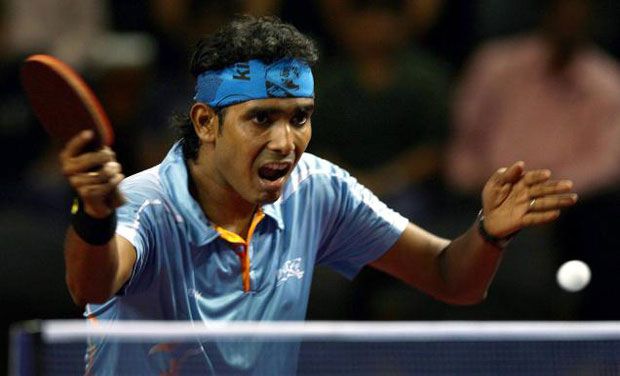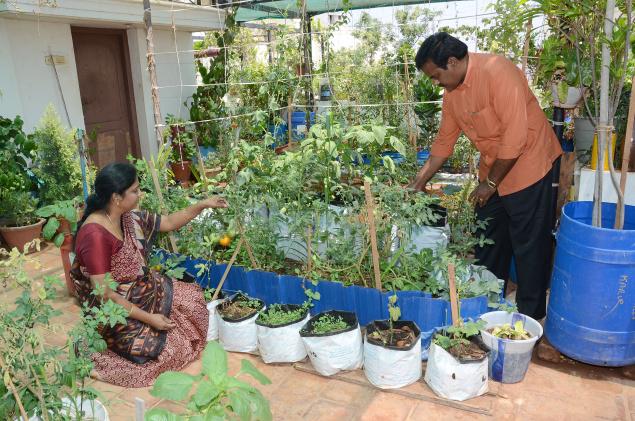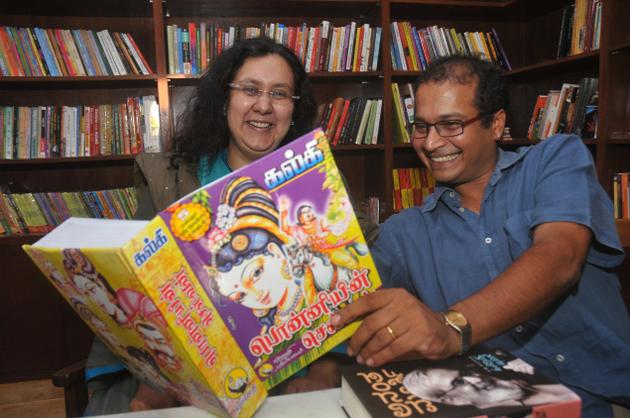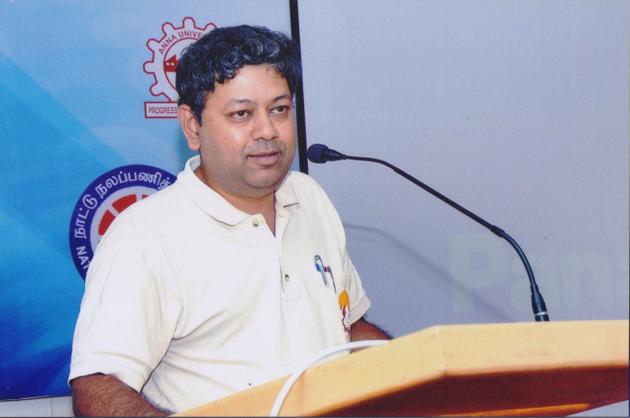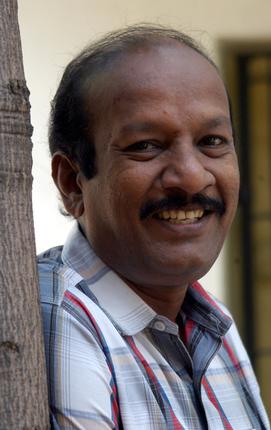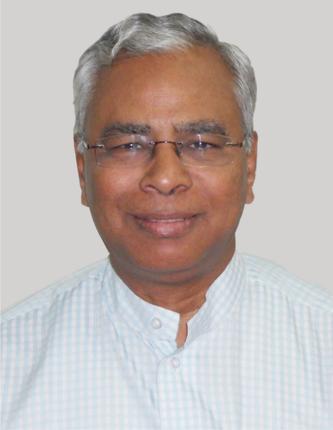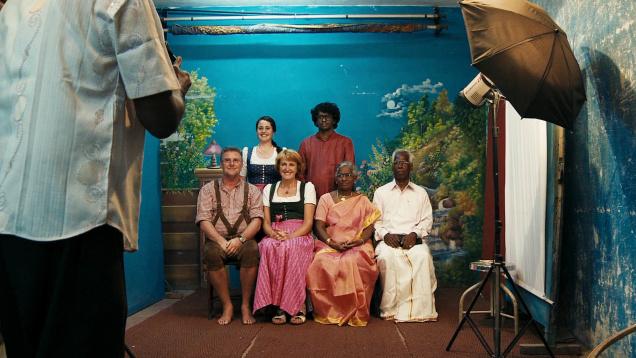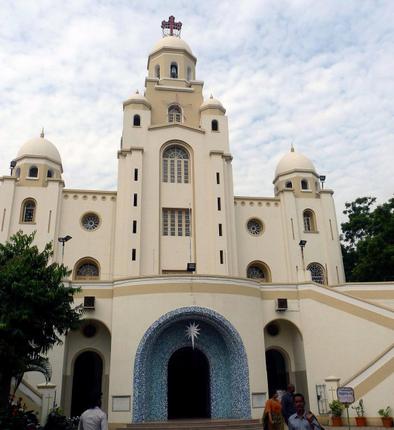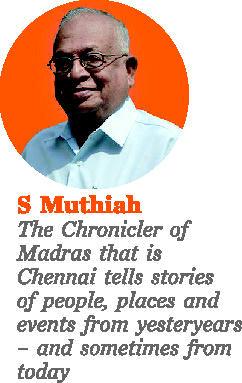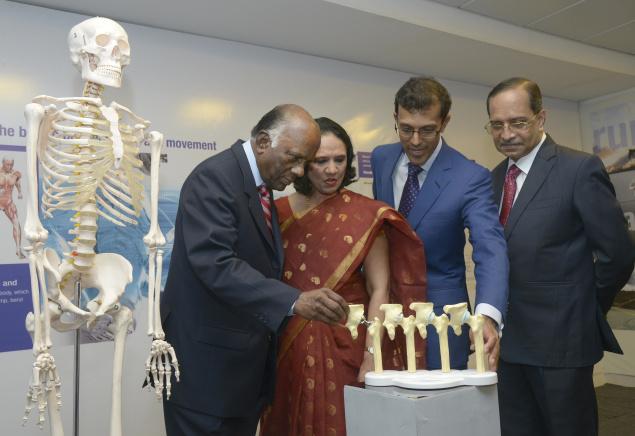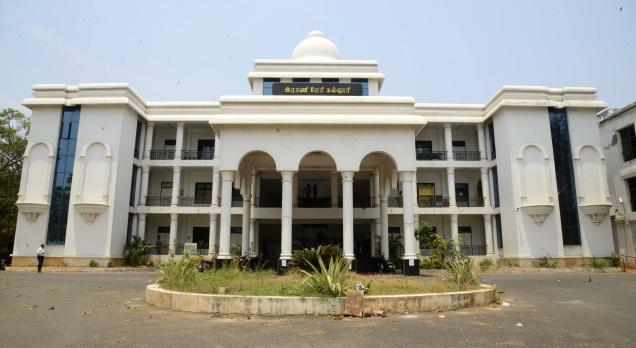
A century and still counting….Staff, students and alumni of Queen Mary’s College on what the city’s first college for women means to them
Most of the trees and buildings inside the Queen Mary’s College are familiar with each other. After all, they’ve shared that space, with enviable views of the Marina, for a century now. The place holds many firsts; first residence by the beach and the first women’s college in the city. Started in July 1914 by the Government of Madras, Queen Mary’s, in the founder-principal Dorothy De La Hey’s words, was “destined to have an influence on the future of Indian womanhood”. And it has lived with that mission, stepping from one year to the next with “commonsense and consideration”.
Colonel Francis Capper of the Madras Army built the first house on the Marina around 1800. The only other residence on the beachfront between the Fort and San Thome was the Chepauk Palace. When he left the country, the house became Capper Hotel, a vegetarian hotel run by an Indian family. In 1914, when the hotel fell on bad times, the Government rented out the house and opened its doors to 37 women students. It was then called Madras College for Women. The very next year, the building became the college’s official campus and hostel.
It is interesting to note here that one of the main advocates of the college was Sir P.S. Sivaswami Aiyer, who was then Member of the Governor’s executive council and in charge of education. The initial proposal for the college was seen as ‘unexceptionable’ and was about to be stalled because they could not fathom a need for such a place. But Aiyer, who was committed to women’s education, got the proposal through its initial phases.
In 1917, the college was renamed The Queen Mary’s College for Women. The founder-principal of the college, Dorothy de la Hey, served the longest tenure (1914-1936) and through the initial years, did most of the teaching. The campus soon began to grow, with three other buildings being designed the same way as Capper House. Pentland House was built in 1915, named after Governor Lord Pentland, Stone House in 1918 and Jeypore House in 1921. S. Muthiah writes that in the 1920s, two houses belonging to two High Court Justices and which had been built south of Capper House, were acquired.
Initially, the college had only offered courses in humanities with no facilities for science subjects. This was soon resolved by Aiyer and students from Queen Mary’s were sent to attend science classes in Presidency College. De la Hey wrote in the Diamond Jubilee Souvenir in 1974, “By the time I left, there were Physics and Chemistry laboratories.” In 1923, teaching of science subjects began and the jutkasthat carried the students to Presidency College were no longer necessary.
The college pioneered courses in Home Science, Household Arts and has a strong Geography department even today, thanks to the efforts of A.R. Irawathy, who served as the college’s principal between 1955 and 1970. This is rather fitting since Col. Capper was a geographer himself. It continues to have vocational courses in Functional English and Travel and Tourism Management. “We were the only college that offered the Home Science degree in the whole country. Since there was no Masters programme here, we had a teacher’s exchange programme with the University of Tennessee. Eight people went from India and five of us were from Madras. After we came back, we started the PG course in the subject,” says Nirmala Thiyagarajan, who has had a long association with the college as a student, teacher and principal. She hosted the Diamond Jubilee celebrations of the college.
In 1987, Queen Mary’s was granted autonomy and presently has more than 3,000 students. A few years ago, Capper House was brought down and a new administrative block was constructed. Apart from this, the old-world charm of this college remains intact. “When the college was started, it catered to the elite in the city. Now, we cater across the spectrum to socially and economically backward people. That’s our real service,” she adds.
source: http://www.thehindu.com / The Hindu / Home> Features> MetroPlus / by Anusha Parthasarthy / Chennai – April 11th, 2014
